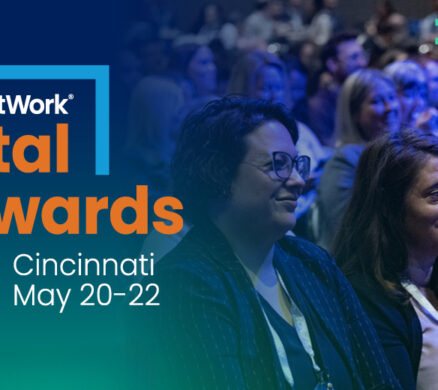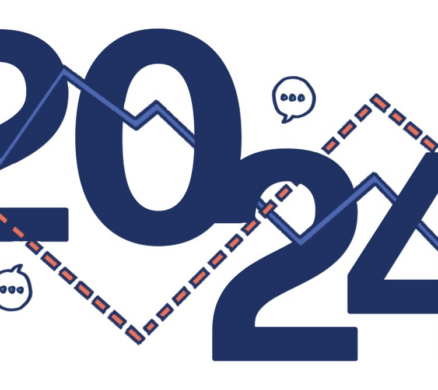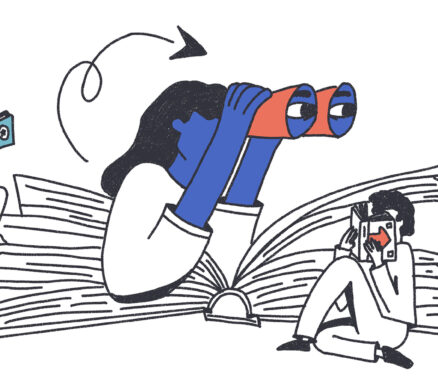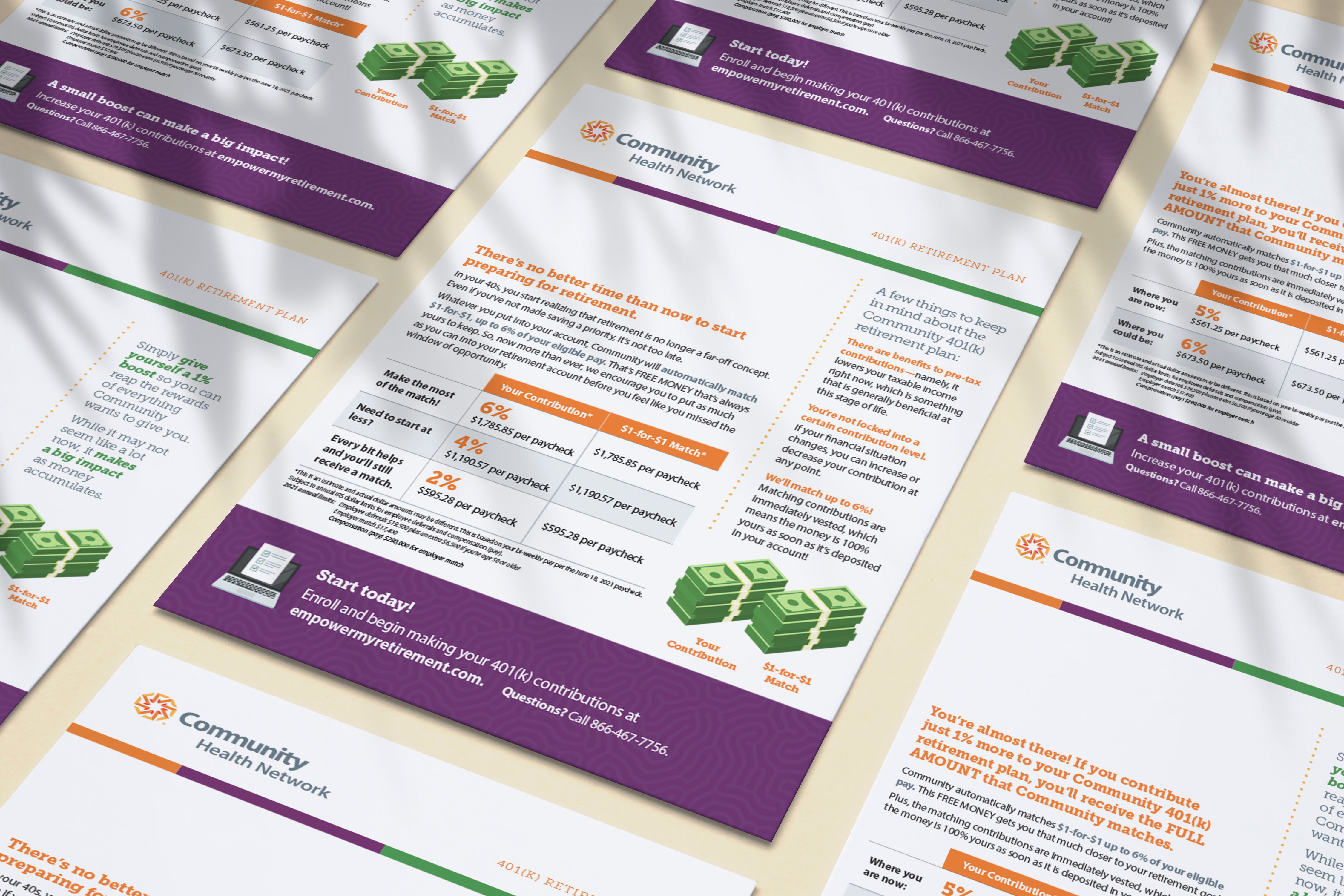
Benefit communicators can take a page from the marketers’ handbook. For decades, marketers have been studying consumer attitudes and behaviors that influence buying decisions. After all, marketing is about defining a problem or unmet need and then driving behaviors to resolve it.
The same philosophy can be applied to your employee benefit communications. You’re likely trying to encourage several behaviors—things like enrolling in benefits, increasing retirement contributions, participating in wellness challenges, taking advantage of free preventive care, using FSA dollars before the deadline, and choosing a new voluntary benefit. Behavioral science is a valuable way to get there.
Behavioral science (also called behavioral economics) provides a framework for understanding people’s motivations and decision-making processes. Translation: It’s exactly what HR communicators need to drive better engagement in their employee benefit programs.
Attention, Education, Behavior: A Framework for Change
As benefit communicators, your first step is getting employees’ attention—that alone can be a challenge and requires creativity and consistency. Then, make sure employees understand the information and how it applies to them—this education is critical. Finally, you need them to act—and that’s where behavioral science comes in. To help employees engage in your benefit plans, you must understand their motivations and decision-making, too.
Behavioral science uses data and psychological insights to understand what drives people to act the way they do—that is, what influences their attitudes and actions. By analyzing data on employee actions and assessing employees by various stages and ages, you’re more equipped to create communications that encourage employees to take actions that will lead to better outcomes—whether that’s with their health, finances, or other areas of their life.
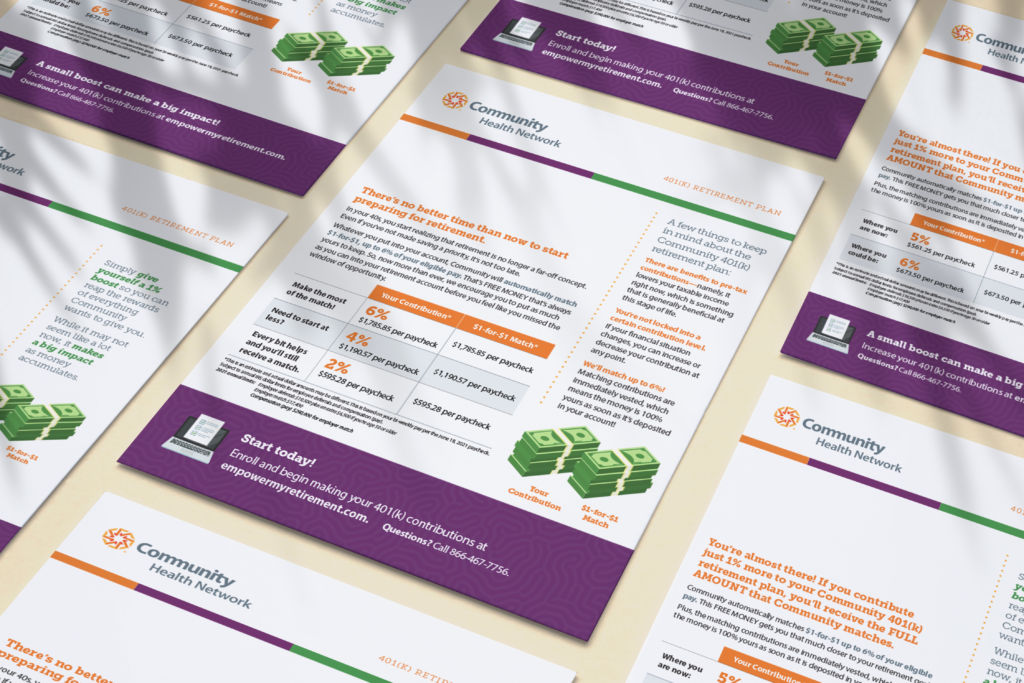
Behavioral Science in Action
Westcomm helped a client leverage employee data and behavioral science theory to impact retirement plan participation by using the Attention, Education, Behavior Change framework:
Attention: We segmented messages to fit various employee groups by age, salary, and current participation level. In other words, the message was relevant and personalized to THEM. After all, what motivates employees in their 20s to contribute is vastly different than the motivation for employees age 50+ who are closer to retirement. We also mailed this information to the home, so it was readily available for the spouse/partner to see.
Education: We explained the retirement benefit in easy-to-understand language, avoiding retirement plan jargon. Using their salary data, we highlighted exactly how much money they were leaving behind by not participating. By showcasing REAL numbers, we helped them to understand that a little change can make a big impact.
Behavior Change: This approach resonated more than previous communications on the same topic—it bumped participation by 12% in a short period.
Behavioral Science Provides Win-Win
If you’re in benefit communications, you’ll want to consider how behavioral science can help you better engage employees in benefits. As you achieve that, you’ll find that it’s a win-win for both the company and employees because better benefit engagement can only lead to happier, healthier employees.
If you’re interested in making your benefit communications more relatable and useful to your employees, contact us below. We’d love to help you!



